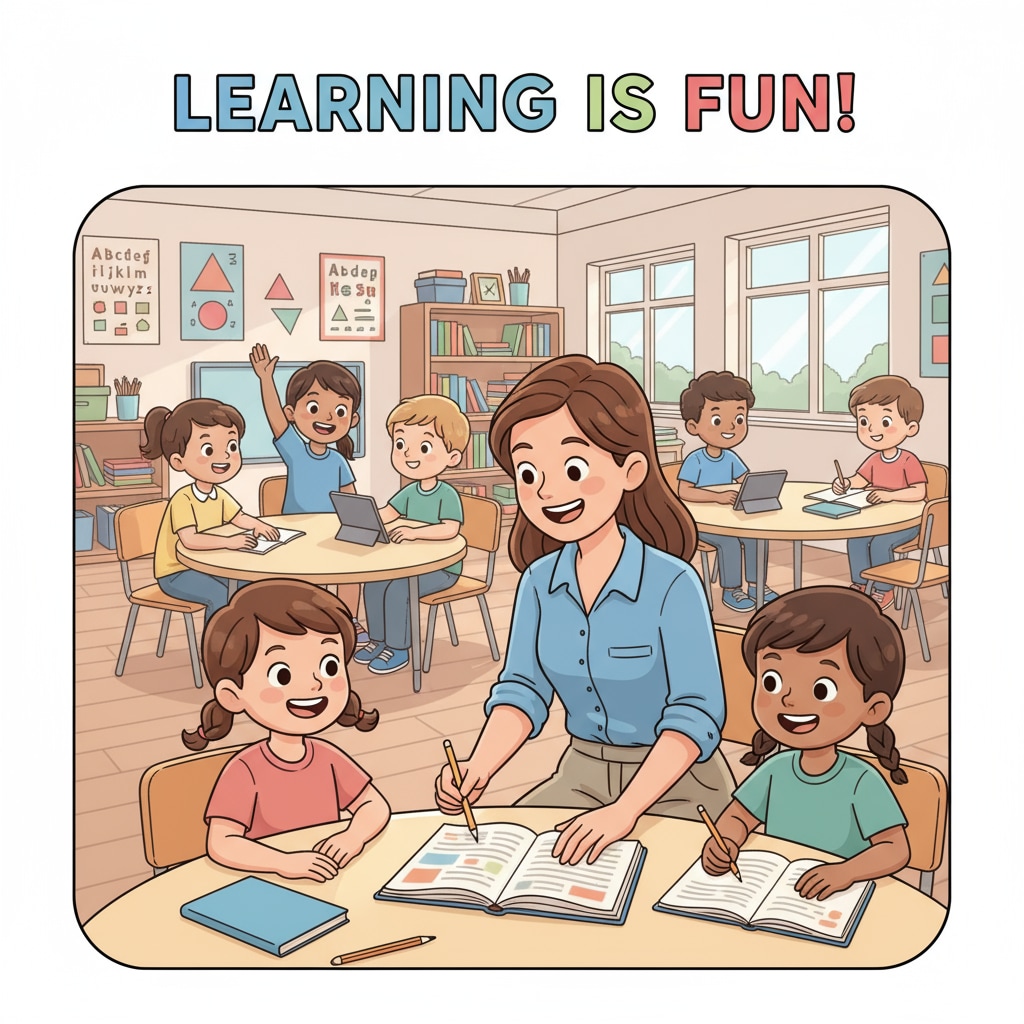In the realm of middle school education, the teaching dilemmas associated with students not following instructions, particularly in the context of special education, pose significant challenges. Teachers often find themselves grappling with this issue, which can disrupt the learning environment and hinder students’ progress. However, with the right teaching strategies, these challenges can be effectively addressed.

The Root Causes of Non – compliance
There are several reasons why middle school students may not follow instructions. Firstly, some students might have difficulty understanding the instructions due to learning disabilities or language barriers. For example, in special education classrooms, students with cognitive impairments may struggle to comprehend complex directions. Secondly, motivation plays a crucial role. If students are not interested in the subject matter or lack a sense of purpose in the classroom, they are less likely to follow instructions. According to ERIC (Educational Resources Information Center), unengaged students often exhibit non – compliant behavior. Additionally, environmental factors such as a noisy classroom or distractions can also contribute to this issue.
Strategies for Effective Instruction
To tackle this problem, teachers can adopt a variety of teaching strategies. One approach is to simplify instructions. Use clear and concise language, break down complex tasks into smaller, more manageable steps. For instance, when giving an assignment, explain each part separately. Another important strategy is to increase student motivation. Make the learning content relevant and engaging. Incorporate real – life examples and hands – on activities. As stated by the National Education Association, motivated students are more likely to follow instructions. In addition, creating a positive classroom environment can also encourage students to be more compliant.

In conclusion, dealing with middle school students who don’t follow instructions in special education is indeed a complex teaching dilemma. However, by understanding the root causes and implementing appropriate teaching strategies, teachers can create a more productive learning environment and help students achieve better educational outcomes.
Readability guidance: In this article, we’ve used short paragraphs to present ideas clearly. Each section has a focused list of points. We’ve also controlled the use of passive语态 and long sentences. Transition words like “however”, “firstly”, “secondly”, etc., have been used to enhance the flow of the text.


